The Ultimate Guide to Choosing the Right Welding Screens for Maximum Safety and Efficiency
In the realm of industrial safety, the use of welding screens is paramount for protecting workers from harmful sparks, ultraviolet (UV) radiation, and the intense heat generated during welding operations. According to a report from the Occupational Safety and Health Administration (OSHA), nearly 25% of all workplace injuries occur in the welding sector, underscoring the critical need for effective safety measures such as high-quality welding screens.

Proper selection of these screens not only enhances safety but also maximizes operational efficiency by creating defined work areas and minimizing distractions. As industries increasingly emphasize worker protection and regulatory compliance, understanding how to choose the right welding screens has become essential for maintaining a safe and productive work environment. This guide aims to provide essential tips and insights to help you make informed decisions about welding screens, ensuring both safety and efficiency in your welding operations.
Understanding the Importance of Welding Screens for Safety and Efficiency
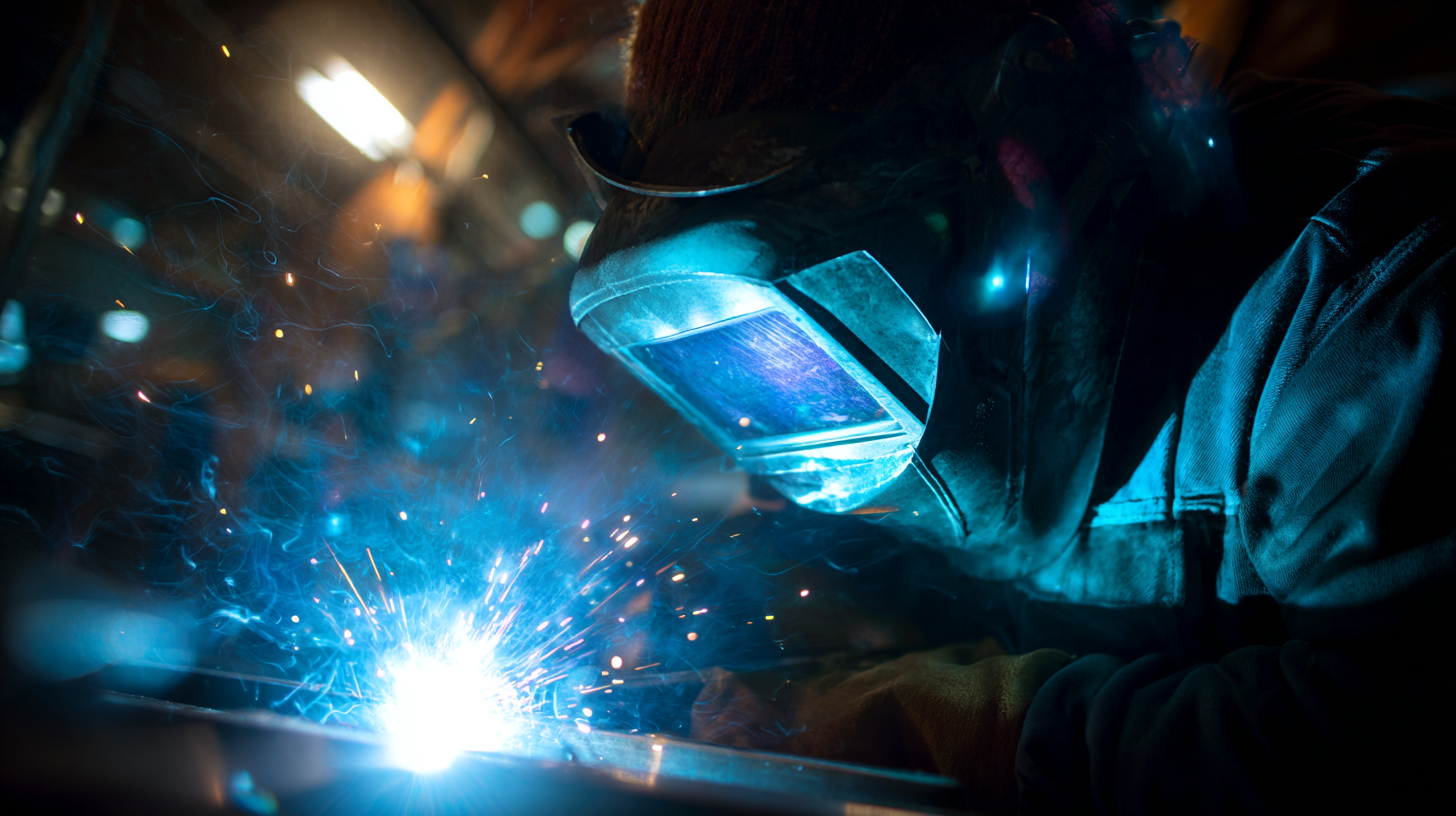 Welding screens play a crucial role in ensuring safety and efficiency in welding environments. As welders work with intense heat and bright glows, the sparks and ultraviolet (UV) rays emitted can pose significant risks to both the operator and nearby personnel. Properly chosen welding screens act as a barrier, protecting individuals from radiation and flying debris while maintaining visibility and workspace efficiency. This is particularly important in shared environments where non-welders are present.
Welding screens play a crucial role in ensuring safety and efficiency in welding environments. As welders work with intense heat and bright glows, the sparks and ultraviolet (UV) rays emitted can pose significant risks to both the operator and nearby personnel. Properly chosen welding screens act as a barrier, protecting individuals from radiation and flying debris while maintaining visibility and workspace efficiency. This is particularly important in shared environments where non-welders are present.
Moreover, the selection of welding screens can directly impact workflow and productivity. High-quality screens are designed to be flame-resistant and durable, allowing for easy repositioning without compromising safety. By effectively segmenting the welding area, these screens minimize distractions and create a designated space, facilitating a focused work environment.
Additionally, innovative designs, such as portable and foldable options, offer flexibility, ensuring that welders can adapt to varying spatial requirements while maintaining safety standards. Investing in the right welding screens not only enhances protection but also boosts overall efficiency on the job site.
Key Factors to Consider When Selecting Welding Screens
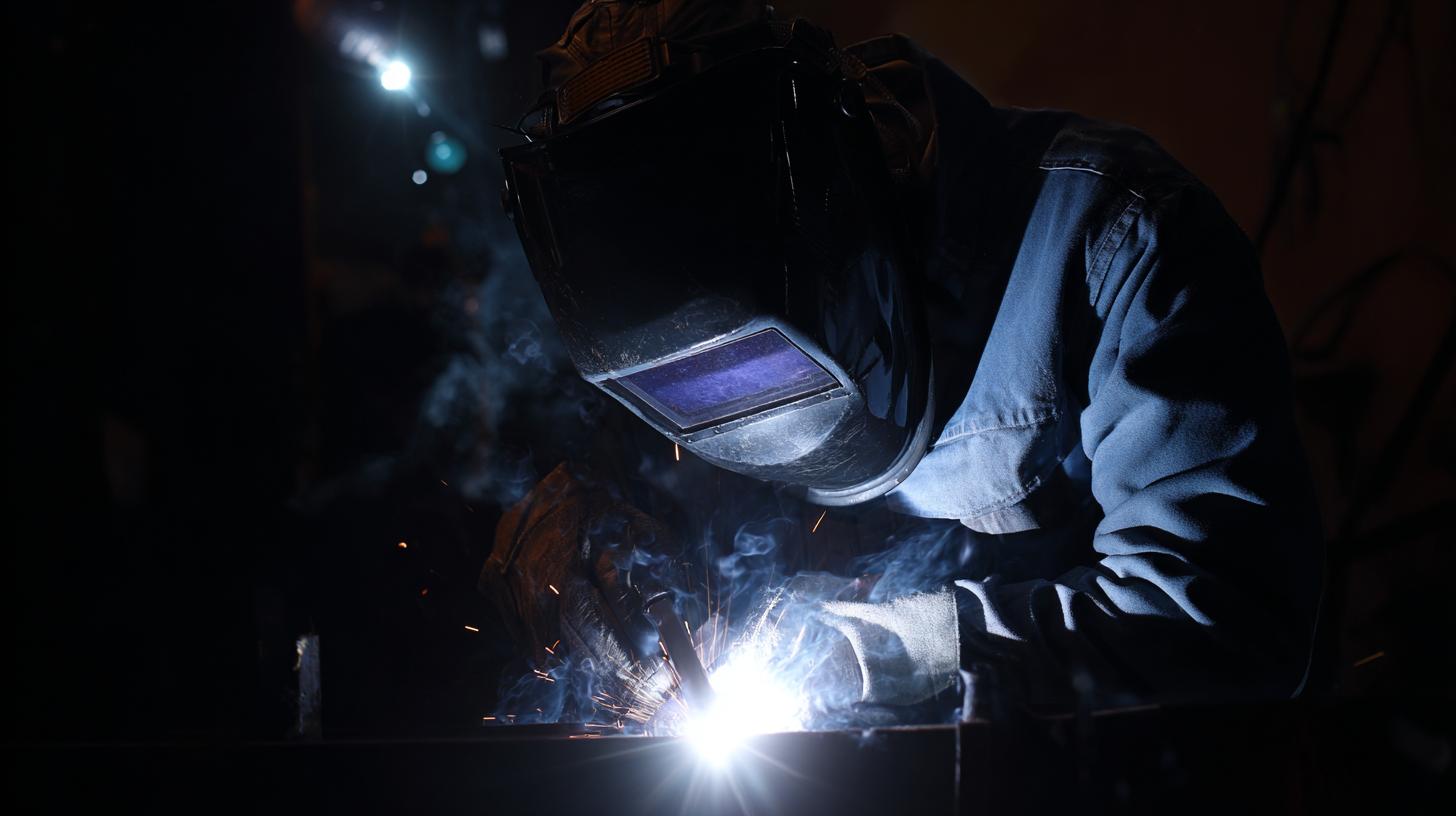 When selecting welding screens, several key factors should be carefully considered to ensure maximum safety and efficiency in the workspace. First and foremost, the type of material used for the screens plays a crucial role. Common materials include fiberglass, vinyl, and steel; each offering different levels of protection against sparks, spatter, and UV radiation. For instance, fiberglass screens are lightweight and easy to maneuver, making them suitable for temporary setups. In contrast, heavy-duty vinyl options provide excellent durability and can withstand harsh conditions, making them ideal for permanent installations.
When selecting welding screens, several key factors should be carefully considered to ensure maximum safety and efficiency in the workspace. First and foremost, the type of material used for the screens plays a crucial role. Common materials include fiberglass, vinyl, and steel; each offering different levels of protection against sparks, spatter, and UV radiation. For instance, fiberglass screens are lightweight and easy to maneuver, making them suitable for temporary setups. In contrast, heavy-duty vinyl options provide excellent durability and can withstand harsh conditions, making them ideal for permanent installations.
Another important factor is the size and shape of the welding screens. The dimensions should be appropriate for the specific work area to effectively enclose the welding zone while allowing easy access for workers. Additionally, consider the screen's height, as taller screens can provide better protection against airborne particles. Furthermore, mobility features, such as wheels or hinges, can enhance accessibility and flexibility, allowing quick adjustments as work progresses. By thoughtfully selecting the right welding screens based on material, size, and mobility, employers can significantly improve safety and efficiency in their operations.
Comparing Different Types of Welding Screens and Their Features
When it comes to welding operations, selecting the right welding screen is crucial for ensuring both safety and efficiency. There are several types of welding screens available, each designed with unique features to cater to different environments and applications. For instance, portable screens are ideal for on-site welding, providing flexibility without sacrificing protection. According to the American National Standards Institute (ANSI), using the appropriate welding curtain can reduce harmful UV and IR radiation exposure by up to 99%, significantly enhancing workplace safety.
When evaluating welding screens, consider factors like material composition and flame resistance. Many modern screens are made of flame-retardant PVC, which not only withstands high temperatures but also offers visibility through tinted materials. A recent industry report highlighted that using high-quality screens can lead to a 30% reduction in workplace injuries related to glare and sparks, reinforcing their importance in any welding setup.
**Tip:** Always ensure that the welding screen you choose meets the specific safety standards applicable in your industry, such as those set by OSHA or ANSI, to guarantee maximum protection for your team.
Additionally, think about the environment in which you’ll be working. For outdoor welding, durable and weather-resistant screens are a must. Screens rated for outdoor use can withstand elements while providing the necessary protection. When selecting a screen, opt for those that feature easy setup and takedown mechanisms for efficient workflow management.
**Tip:** Regularly inspect and maintain your welding screens to ensure they remain effective over time, keeping your work environment safe and compliant.
The Ultimate Guide to Choosing the Right Welding Screens for Maximum Safety and Efficiency
| Welding Screen Type | Material | Visibility | Flame Resistance | Portability | Typical Use |
|---|---|---|---|---|---|
| Standard Welding Screen | PVC | Good | Yes | Moderate | General Welding |
| Portable Welding Screen | Polyester | High | Yes | High | Field Work |
| Industrial Welding Screen | Metal Frame with Vinyl | Medium | Yes | Low | Workshop |
| Heavy-Duty Welding Screen | Fiberglass | Low | Yes | Low | High-Temperature Welding |
How to Properly Maintain and Store Your Welding Screens
Proper maintenance and storage of welding screens are essential for ensuring maximum safety and efficiency in any welding environment. Regular inspections should be conducted to check for signs of wear and damage. According to industry reports, screens that are maintained properly can significantly reduce the risk of exposure to harmful UV rays and sparks, which are prevalent in welding operations. Experts suggest that a maintenance routine should include cleaning the screens to remove any accumulated debris and ensuring that all components are in good condition. Neglecting these practices can lead to compromised safety and substandard weld quality.
In addition to regular maintenance, proper storage of welding screens is critical. Screens should be stored in a cool, dry location to prevent material degradation caused by moisture or extreme temperatures. When not in use, screens should be rolled or folded in a manner that avoids kinks or creases. Statistical data indicates that improper storage can lead to a substantial decrease in the lifespan of these safety devices, while proper care can extend their usability by up to 50%. By prioritizing both maintenance and appropriate storage practices, employers can enhance workplace safety and protect their workers from hazardous exposure.
Ensuring Compliance with Safety Standards in Welding Operations
When selecting welding screens, ensuring compliance with safety standards is paramount. OSHA guidelines dictate that appropriate protective barriers must be in place to safeguard workers from harmful exposure to welding arcs, sparks, and molten metal. This necessitates the use of screens that meet specific material and design requirements, such as flame resistance and adequate visibility. By adhering to these standards, manufacturers can provide effective barriers that protect not only the welders but also nearby personnel and equipment from potential hazards.
In addition to meeting regulatory requirements, choosing the right welding screens also enhances operational efficiency. Screens with adjustable heights and portability features can be moved to different work areas as needed, adapting to various welding tasks while maintaining compliance. Furthermore, transparent materials allow for visibility while diminishing harmful glare, helping create a safer environment without compromising productivity. Investing in high-quality, compliant welding screens is essential for promoting safety and efficiency in any welding operation.
The Ultimate Guide to Choosing the Right Welding Screens for Maximum Safety and Efficiency
Related Posts
-
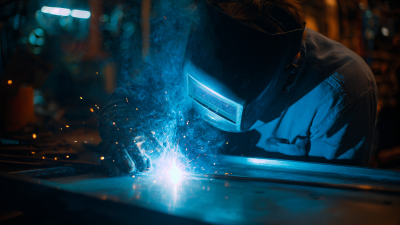
Essential Guide to Welding Screens: Enhancing Safety and Efficiency in Your Workshop
-

Transform Your Space: The Ultimate Guide to Choosing the Best Sound Proof Panels for Home and Studio
-

Exploring the Impact of Sound Absorbing Panels at the 138th Canton Fair 2025: Industry Insights and Trends
-
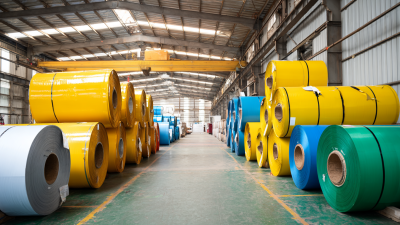
The Importance of Industrial Strip Curtains in Energy Efficiency and Safety
-

7 Best Sound Absorbing Panels for Ultimate Acoustic Comfort
-
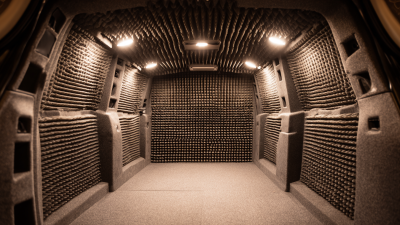
How to Choose the Right Sound Deadening Material for Your Project